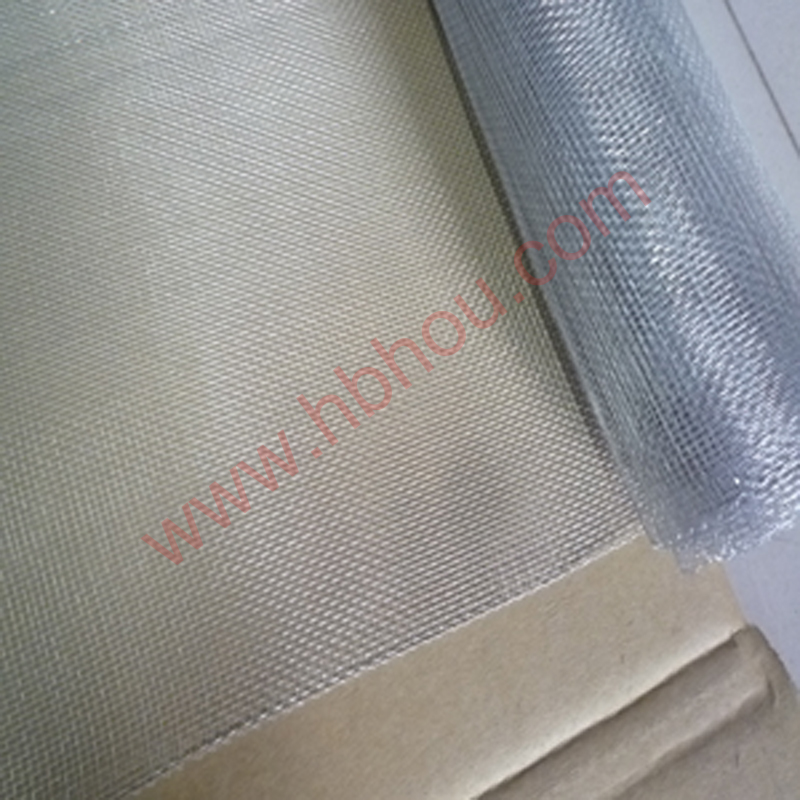Creating a Rat-Proof Garden Fence Effective Strategies for Protecting Your Plants
Gardening is a rewarding hobby that brings countless benefits, from enjoying fresh produce to spending time outdoors. However, the satisfaction of nurturing plants can be severely diminished by uninvited guests—especially rats. These clever creatures can wreak havoc in gardens, consuming seeds, destroying seedlings, and spreading diseases. To protect your garden, creating a rat-proof fence is essential. Here, we explore effective strategies for constructing a robust fence that keeps these pests at bay.
Understanding Rat Behavior
Before delving into construction, it’s crucial to understand rat behavior and their tendencies. Rats are incredible climbers and diggers; they can squeeze through surprisingly small gaps. They are also curious creatures, often attracted to gardens due to the abundance of food sources. This understanding can guide you in designing a fence that addresses these behaviors.
Choosing the Right Materials
When constructing a rat-proof garden fence, the materials you choose play a significant role. Here are some effective options
1. Wire Mesh A sturdy wire mesh with tight, small openings (less than half an inch) can be an excellent barrier. It prevents rats from squeezing through and can be attached to wooden or metal frames to provide additional support.
2. Hardware Cloth This is a type of woven wire fencing that is durable and offers tight openings. It’s an effective choice for grounding the bottom of your fence to deter digging.
3. Galvanized Steel This material is resistant to rust and corrosion, making it a long-lasting option. It can be used for both the fence and the buried section to prevent rats from burrowing underneath.
4. Concrete or Stone For a more permanent solution, consider burying a solid barrier made of concrete or stone around the perimeter of your garden. This can deter both digging and climbing.
Designing the Fence
rat proof garden fence

Once you have chosen your materials, it’s time to design your fence. Here are some key principles to consider
1. Height Your fence should be at least three to four feet high since rats can jump impressive distances. If you notice rats in your area are especially nimble, consider increasing the height.
2. Buried Barrier To prevent rats from digging under the fence, bury the bottom of your fence at least 12 inches deep. Create a L-shape by extending the fence material outward underground, forming a barrier that prevents rats from tunneling underneath.
3. Sloped Top For added security, design the top of your fence to slope inward. This prevents rats from climbing to the top and jumping over.
4. Sealing Gaps Inspect your garden regularly for any gaps or vulnerabilities. Seal these areas promptly to ensure that there are no entry points for rats.
Maintenance and Monitoring
Building a rat-proof garden fence is just the first step. Regular maintenance is critical to ensure its effectiveness. Check for wear and tear on the materials, especially after severe weather. Additionally, monitor the surrounding areas for any signs of rat activity, such as droppings or gnawed plants.
Attracting Natural Predators
While a fence is an excellent preventative measure, encouraging natural predators in your garden can further reduce rat populations. Barn owls, foxes, and snakes are all natural hunters of rodents. Consider installing owl boxes or creating habitats for these predators, which can help keep rat numbers in check.
Conclusion
Creating a rat-proof garden fence involves careful planning, selecting the right materials, and implementing various strategies. By understanding rat behavior and designing a robust fence, you can effectively protect your garden from these pests. Remember that a proactive approach, combined with regular maintenance and the attraction of natural predators, will provide the best results for a flourishing, rat-free garden. Embrace the joys of gardening without the fear of intrusion, and watch your plants thrive!
















